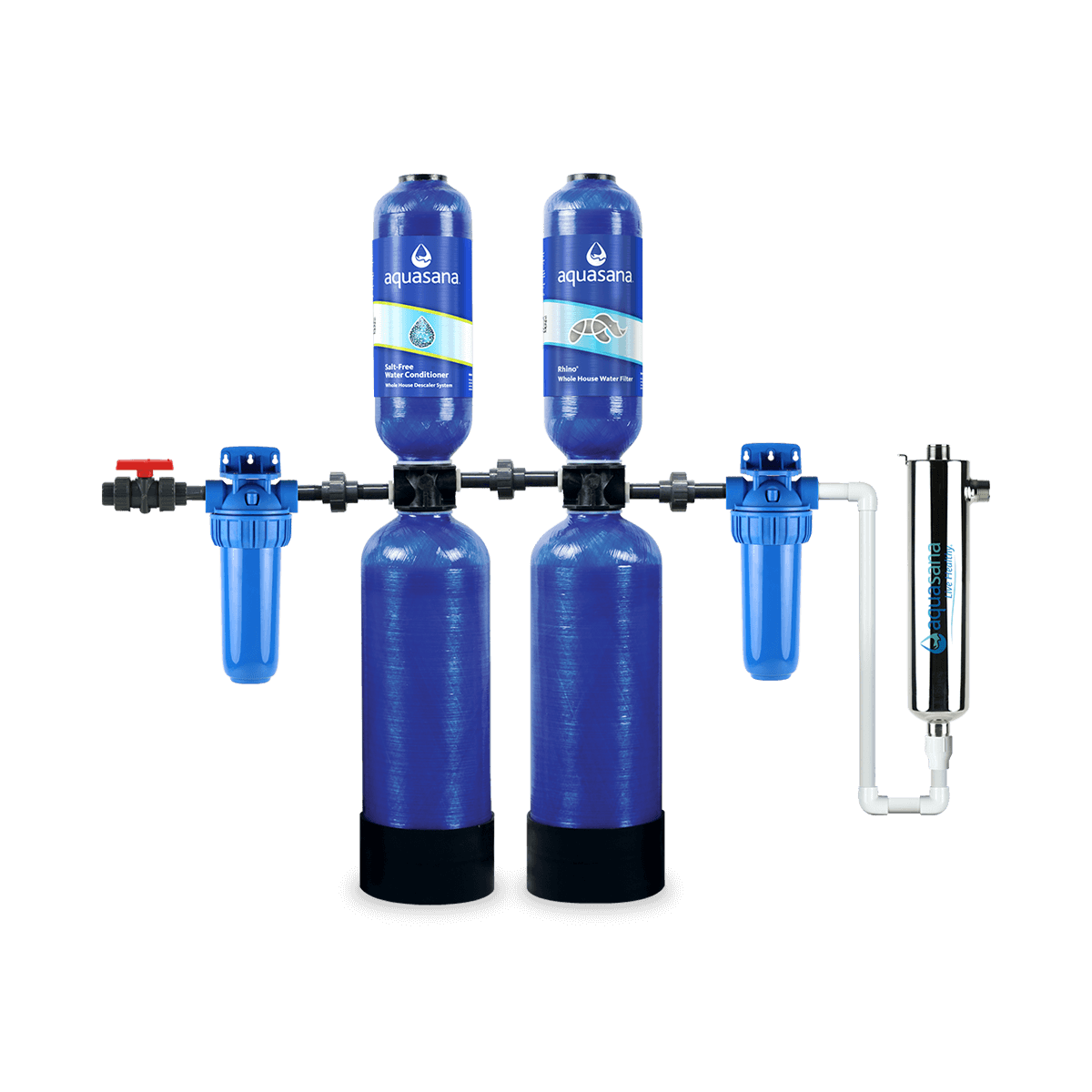
Beginning April 22, the Environmental Protection Agency requires any contractors who might disturb lead paint in homes, schools and child care facilities built before 1978 to be trained and accredited in proper lead safety techniques.
Lead is an extreme danger to young children. The toxins from lead paint chips and dust can lead to irreversible brain and nervous system damage. Paint can be disturbed by remodeling, interior painting and exterior painting. It is also a danger to adults as well. A simple act of opening a window can disturb lead paint making it a danger.
Make sure your contractor is certified in lead-safe work practices. The contractor should have the documentation to back it up. Walk away from any contractor who says it may not be a problem. A certified contractor should tell you that they will follow the new lead-safe work practices which include isolating the areas lead paint will be disturbed with plastic sheeting, cleaning up thoroughly every day, and avoiding the now-banned removal techniques.
According to the EPA:
Health Effects of Lead
Childhood lead poisoning remains a major environmental health problem in the United States.
People can get lead in their body if they:
Put their hands or other objects covered with lead dust in their mouths.
Eat paint chips or soil that contains lead.
Breathe in lead dust, especially during renovations that disturb painted surfaces.
Lead is more dangerous to children because:
Babies and young children often put their hands and other objects in their mouths. These objects can have lead dust on them.
Children's growing bodies absorb more lead.
Children's brains and nervous systems are more sensitive to the damaging effects of lead.
If not detected early, children with high levels of lead in their bodies can suffer from:
Damage to the brain and nervous system
Behavior and learning problems, such as hyperactivity
Slowed growth
Hearing problems
Headaches
Lead is also harmful to adults. Adults can suffer from:
Reproductive problems (in both men and women)
High blood pressure and hypertension
Nerve disorders
Memory and concentration problems
Muscle and joint pain
Where lead is found
In general, the older your home, the more likely it has lead-based paint.
Paint. Many homes built before 1978 have lead-based paint. The federal government banned lead-based paint from housing in 1978. Some states stopped its use even earlier. Lead can be found:
In homes in the city, country, or suburbs.
In apartments, single-family homes, and both private and public housing.
Inside and outside of the house.
In soil around a home. Soil can pick up lead from exterior paint, or other sources such as past use of leaded gas in cars, and children playing in yards can ingest or inhale lead dust.
Household dust. Dust can pick up lead from deteriorating lead-based paint or from soil tracked into a home.
Drinking water. Your home might have plumbing with lead or lead solder. Call your local health department or water supplier to find out about testing your water. You cannot see, smell or taste lead, and boiling your water will not get rid of lead. If you think your plumbing might have lead in it:
Use only cold water for drinking and cooking.
Run water for 15 to 30 seconds before drinking it, especially if you have not used your water for a few hours.
The job. If you work with lead, you could bring it home on your hands or clothes. Shower and change clothes before coming home. Launder your work clothes separately from the rest of your family's clothes.
Old painted toys and furniture.
Food and liquids stored in lead crystal or lead-glazed pottery or porcelain. Food can become contaminated because lead can leach in from these containers.
Lead smelters or other industries that release lead into the air.
Hobbies that use lead, such as making pottery or stained glass, or refinishing furniture.
Folk remedies that contain lead, such as "greta" and "azarcon" used to treat an upset stomach.
Where lead is likely to be a hazard
Lead from paint chips, which you can see, and lead dust, which you can't always see, can be serious hazards.
Peeling, chipping, chalking, or cracking lead-based paint is a hazard and needs immediate attention.
Lead-based paint may also be a hazard when found on surfaces that children can chew or that get a lot of wear-and-tear. These areas include:
Windows and window sills.
Doors and door frames.
Stairs, railings, and banisters.
Porches and fences.
Note: Lead-based paint that is in good condition is usually not a hazard.
Lead dust can form when lead-based paint is dry scraped, dry sanded, or heated. Dust also forms when painted surfaces bump or rub together. Lead chips and dust can get on surfaces and objects that people touch. Settled lead dust can re-enter the air when people vacuum, sweep or walk through it.
Lead in soil can be a hazard when children play in bare soil or when people bring soil into the house on their shoes. Contact the National Lead Information Center (NLIC) to find out about testing soil for lead.
For more on this go to epa.gov














No comments:
Post a Comment